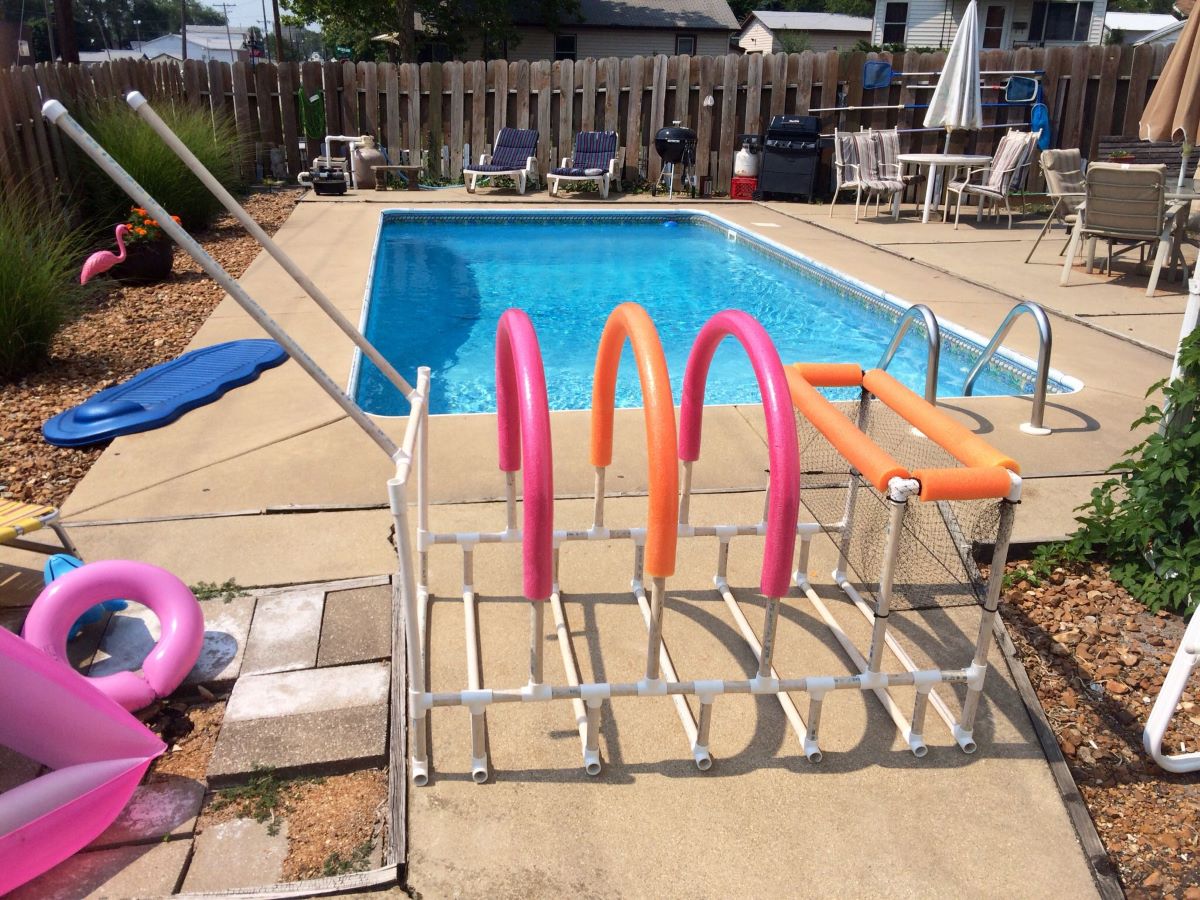

Articles
How To Store A Pool
Modified: January 7, 2024
Learn the best practices for proper pool storage with these helpful articles. Protect your pool and keep it in great condition for years to come.
(Many of the links in this article redirect to a specific reviewed product. Your purchase of these products through affiliate links helps to generate commission for Storables.com, at no extra cost. Learn more)
Introduction
Having a pool in your backyard can be a great source of joy and relaxation during the summer months. However, when the colder seasons approach or if you’re going on an extended vacation, you may need to store your pool to protect it from the elements and extend its lifespan.
In this article, we will guide you through the step-by-step process of properly storing your pool to ensure it remains in good condition for future use. From draining and cleaning the pool to disassembling and folding the frame, we’ll cover all the essential steps to help you store your pool safely and efficiently.
By following the correct storage procedures, you’ll be able to prevent damage to the pool structure, water damage to surrounding areas, and keep your pool accessories in good shape. So, without further ado, let’s dive into the details of how to store a pool!
Key Takeaways:
- Properly storing your pool involves thorough preparation, cleaning, and disassembly to protect it from damage and ensure a hassle-free reassembly when you’re ready to use it again.
- Choosing the right storage location, performing regular maintenance, and following proper reassembly steps are crucial for preserving your pool’s condition and longevity.
Read more: How To Store A Pool For Winter
Preparing the Pool for Storage
Before you start the process of storing your pool, it’s important to prepare it properly to ensure it withstands the storage period without any damage. Here are the essential steps to prepare your pool for storage:
- Remove debris: Start by removing any leaves, sticks, or debris from the pool water. This prevents them from decomposing and potentially causing damage or stains during the storage period.
- Test the water chemistry: Use a pool test kit to check the pH and chlorine levels of the water. Adjust the chemicals to ensure the water is properly balanced. This will help prevent corrosion or algae growth while the pool is in storage.
- Lower the water level: To drain the pool, you’ll need to lower the water level to a few inches below the skimmer. This prevents water from freezing and causing damage to the pool and plumbing lines during freezing temperatures.
- Disconnect the pump and filter system: Unplug and disconnect the pump and filter system from the pool. Drain and clean them thoroughly before storing them separately. This prevents any potential damage and ensures they’re ready for use when you reinstall the pool.
- Remove and clean pool accessories: Take out any pool accessories such as ladders, diving boards, and slides. Clean them thoroughly with mild soap and water to remove any dirt or debris. Allow them to dry completely before storing them in a safe place.
By following these steps, you’ll ensure that your pool is clean, balanced, and prepared for the storage period. This will help maintain the overall condition of the pool and its accessories, making the reassembly process much easier and smoother when you’re ready to use the pool again.
Draining the Pool Water
Once you have prepared the pool for storage, the next step is to drain the water completely. Properly draining the pool is crucial to prevent water damage and freezing during the storage period. Follow these steps to drain the pool water effectively:
- Attach a drainage hose: Connect a drainage hose to the outlet valve or drain plug of the pool. Make sure the hose is long enough to direct the water away from the pool area.
- Open the drain valve: Open the drain valve and allow the water to start flowing out of the pool. You may need to use a pump or siphon to initiate the flow depending on the type of pool you have.
- Monitor the drainage: Keep an eye on the water level as it drains. If necessary, adjust the hose or move it to different areas of the pool to ensure all the water is draining evenly.
- Clear any blockages: If the water flow is slow or gets blocked, check for any obstructions in the drainage system and remove them to allow the water to continue flowing.
- Dispose of the water properly: Ensure that the drained water is directed away from the pool area and does not cause any flooding or water damage. Consider using the water to irrigate your garden or lawn if it’s free from chemicals.
Draining the pool completely is essential to prevent any water-related issues during the storage period. Be patient during the process and ensure that all the water is drained from the pool before proceeding to the next steps.
Cleaning and Drying the Pool
After draining the pool water, it’s important to thoroughly clean and dry the pool to prevent the growth of mold, mildew, or bacteria during the storage period. Here are the steps to clean and dry your pool:
- Remove debris: Use a pool skimmer or net to remove any remaining debris or leaves from the bottom of the pool. Empty the skimmer basket and dispose of the collected debris.
- Scrub the pool surface: Use a pool brush to scrub the walls and floor of the pool to remove any dirt or algae buildup. Pay close attention to corners, seams, and other hard-to-reach areas.
- Use a pool cleaner: If you have a pool cleaner or vacuum, use it to remove any fine particles or sediment from the pool water. This will ensure a thorough clean before storage.
- Empty and clean the filter: If your pool has a cartridge or sand filter, remove and clean it according to the manufacturer’s instructions. This will remove any dirt or debris trapped in the filter and prevent clogging during storage.
- Rinse the pool: Fill the pool with clean water and use a hose to rinse off any remaining dirt or cleaning solution from the pool surface.
- Allow the pool to dry: Once the pool is cleaned, let it air dry completely. This will help prevent moisture buildup and the growth of mold or mildew during storage.
By following these cleaning and drying steps, you’ll ensure that your pool is free from dirt, bacteria, and debris. A clean and dry pool is less likely to experience any issues during the storage period, making the reassembly process much easier when you’re ready to use the pool again.
Disassembling and Folding the Pool Frame
With the pool cleaned and dry, it’s time to disassemble and fold the pool frame. This step is crucial to ensure easy storage and prevent any damage to the frame components. Follow these steps to disassemble and fold your pool frame:
- Remove the top rails: Start by removing the top rails of the pool. Depending on the type of pool you have, you may need to unscrew or unlatch them. Carefully set the top rails aside and keep them in a safe place.
- Release the liner: If your pool has a liner, detach it from the pool frame. Gently lift and separate the liner, making sure not to damage it. Fold the liner and store it separately.
- Take apart the support beams: Remove any support beams or bars that hold the pool frame together. Carefully disassemble them, ensuring not to force any pieces apart to avoid breakage.
- Fold the frame: Once all the components are detached, carefully fold the pool frame. Start by folding it in half lengthwise, bringing the sides together. Then, fold it again in the same manner until it reaches a compact size.
- Secure the folded frame: Use bungee cords or straps to secure the folded frame in place. Make sure it is tightly secured to prevent any unfolding or damage during storage.
Properly disassembling and folding the pool frame is essential for easy storage and to prevent any unnecessary strain on the components. Take your time and handle the frame with care to ensure a smooth storage process and a hassle-free reassembly when you’re ready to use the pool again.
Read more: How To Store Intex Pool
Detaching and Storing Pool Accessories
In addition to disassembling the pool frame, it’s important to detach and store any pool accessories you have, such as ladders, diving boards, or slides. Properly storing these accessories will ensure their longevity and prevent any damage during the storage period. Here’s what you need to do:
- Remove the accessories: Carefully detach the pool accessories from the pool structure. Follow the manufacturer’s instructions to ensure a safe removal process.
- Clean the accessories: Thoroughly clean the accessories with mild soap and water. Remove any dirt, grime, or residue on the surface. Pay special attention to any nooks, crannies, or moving parts.
- Inspect for damage: While cleaning, inspect each accessory for any signs of damage or wear. Check for loose bolts, cracks, or any other issues that may need repair or replacement.
- Allow to dry: Once cleaned, allow the accessories to air dry completely. Ensure that there is no residual moisture before storing them to prevent mold or rust formation.
- Disassemble if necessary: If any of the accessories are collapsible or have detachable parts, disassemble them according to the manufacturer’s instructions. This will make storage more compact and efficient.
- Store in a safe place: Find a clean, dry, and secure location to store the accessories. Ideally, use individual storage containers or bags to keep them organized and protected from dust or damage.
By following these steps, you’ll ensure that your pool accessories are clean, well-maintained, and ready for use when you decide to reinstall the pool. Properly storing the accessories will also prevent any unnecessary wear and tear, extending their lifespan.
To store a pool, make sure to clean and dry it thoroughly before folding or rolling it up. Store it in a cool, dry place away from direct sunlight to prevent damage and prolong its lifespan.
Choosing a Storage Location
When it comes to storing your pool, selecting the right location is essential to ensure its safety and longevity. Here are some factors to consider when choosing a storage location for your pool:
- Indoor vs. outdoor storage: If you have the space, storing your pool indoors, such as in a garage or shed, is ideal. Indoor storage protects the pool from harsh weather conditions, UV rays, and debris. If you don’t have indoor space, choose an outdoor area that offers adequate protection from the elements.
- Level ground: Find a flat and level area to place your pool during storage. This ensures that the weight is evenly distributed and minimizes the risk of any structural damage or collapse during storage.
- Temperature control: Extreme temperature fluctuations can damage the pool material. Try to choose a storage location that maintains a relatively stable temperature, avoiding areas that are prone to freezing or intense heat.
- Protection from moisture: Moisture is one of the biggest concerns during pool storage. Choose a location that is dry and well-ventilated to prevent the growth of mold, mildew, or rust on the pool components.
- Security: Ensure that the storage location is secure to prevent any unauthorized access or theft. If storing the pool outdoors, consider using a cover or fencing to provide an additional layer of security.
- Accessibility: While it’s important to choose a secure location, make sure it’s accessible for when you need to retrieve the pool for reassembly. Consider the ease of transporting the pool from the storage location back to its original spot.
By carefully considering these factors, you’ll be able to choose a storage location that provides the necessary protection and convenience for your pool. Remember to also adhere to any local regulations or guidelines that may govern pool storage in your area.
Storing the Pool Safely
Properly storing your pool is crucial to protect it from damage and ensure its longevity. Here are some important steps to follow when storing your pool:
- Cover the pool: Use a pool cover specifically designed for your pool to provide an additional layer of protection. This will shield it from dust, debris, and UV rays during the storage period.
- Secure the cover: Properly secure the pool cover to prevent it from being blown away by strong winds. Use cover clips, bungee cords, or other securing mechanisms to keep the cover in place.
- Avoid sharp objects: Make sure there are no sharp objects or protruding edges near the stored pool. This reduces the risk of punctures or tears in the pool material.
- Protect the pool frame: If your pool frame is made of metal, consider applying a rust-resistant coating or covering it with a tarp or protective material. This helps prevent corrosion and extends the lifespan of the frame.
- Keep pests away: Take measures to deter pests, such as rodents or insects, from nesting or causing damage to the stored pool. Use pest deterrents like mothballs, traps, or natural repellents as appropriate.
- Regularly inspect the storage condition: Periodically check on the stored pool to ensure it remains in good condition. Look for any signs of damage, moisture buildup, or pests. Address any issues immediately to prevent further damage.
Remember, regular maintenance and proper storage are key to preserving your pool’s condition during the offseason or extended periods of non-use. By following these steps, you’ll help protect your pool from damage and ensure it is ready for use when the time comes to reassemble and enjoy it once again.
Maintaining the Pool during Storage
Even when your pool is in storage, it’s important to perform some maintenance tasks to ensure it remains in good condition. Here are some steps to help you maintain your pool during the storage period:
- Monitor the water level: Periodically check the water level in the pool. If the water level drops significantly, add a small amount to maintain moisture and prevent the pool material from drying out.
- Prevent algae growth: Add a small amount of algaecide or a chlorine floater to the pool water. This helps inhibit the growth of algae and keeps the pool water clear during storage. Follow the manufacturer’s instructions for dosages.
- Monitor for leaks: Check for any signs of leaks by inspecting the pool liner and the surrounding area. Look for dampness, discoloration, or mildew growth, which may indicate a leak. Address any leaks immediately to prevent further damage.
- Keep the pool covered: Make sure the pool cover remains securely in place at all times. This prevents debris from entering the pool and helps maintain its cleanliness during storage.
- Inspect the pool cover: Regularly examine the pool cover for any signs of wear and tear. Repair or replace the cover if necessary to ensure proper protection throughout the storage period.
- Address any issues promptly: If you notice any problems, such as pool damage, water leakage, or excessive debris accumulation, address them promptly. Taking quick action can prevent further damage and make the reassembly process smoother.
While the pool may be out of use, employing these maintenance steps ensures that it remains in good condition during storage. By properly monitoring and addressing any issues, you’ll be able to prolong the lifespan of your pool and reduce the risk of expensive repairs or replacements in the future.
Read more: How To Store A Pool Cover
Reassembling the Pool for Use
When the time comes to enjoy your pool again, proper reassembly is essential to ensure its functionality and safety. Here are the steps to follow when reassembling your pool:
- Clean the pool area: Clear the area where the pool will be reassembled. Remove any debris or obstacles that may hinder the process.
- Inspect the pool components: Check all the pool components, including the frame, liner, and accessories, for any signs of damage or wear. Repair or replace any damaged parts before proceeding.
- Prepare the pool liner: Lay out the pool liner in the desired location, making sure it is positioned evenly and free from wrinkles or creases.
- Assemble the pool frame: Follow the manufacturer’s instructions to assemble the pool frame. Start with the bottom rails and work your way up, attaching the vertical supports and top rails securely.
- Install the pool liner: Carefully attach the pool liner to the frame, making sure it is aligned properly and centered in the pool. Smooth out any wrinkles or folds as you go.
- Connect the plumbing and filtration system: Reconnect the pump, filter system, and any other necessary plumbing components. Ensure all connections are secure and follow the manufacturer’s instructions for proper setup.
- Fill the pool: Begin filling the pool with water, ensuring that the water level reaches the appropriate level for safe and optimal use. Monitor the filling process to prevent overfilling.
- Test water chemistry: Use a pool test kit to check the pH and chlorine levels of the water. Adjust the chemicals as needed to ensure the water is safe and properly balanced for swimming.
- Add pool accessories: Install any pool accessories, such as ladders, diving boards, or slides, following the manufacturer’s instructions. Make sure they are securely fastened and safe for use.
- Perform a final inspection: Once the pool is fully assembled, inspect the entire setup to ensure everything is in place and functioning properly. Look for any leaks, loose connections, or potential hazards.
By following these steps, you’ll be able to reassemble your pool effectively and safely. Take your time during the process and double-check each step to ensure a successful and enjoyable pool setup.
Conclusion
Storing a pool properly is essential to ensure its longevity and protect it from damage during periods of non-use or unfavorable weather conditions. By following the step-by-step guide outlined in this article, you can safely and efficiently store your pool, allowing it to remain in excellent condition for future use.
From preparing the pool and draining the water to cleaning and drying the pool, disassembling the frame, and detaching and storing accessories, each step plays a crucial role in protecting your pool during storage. Choosing the right storage location, ensuring proper maintenance, and safely reassembling the pool all contribute to its overall longevity and functionality.
Remember to maintain regular inspections and address any issues promptly to prevent further damage or repairs. By taking good care of your pool even when it’s not in use, you can extend its lifespan, save on maintenance costs, and enjoy many more seasons of poolside fun.
So, whether you’re storing your pool for the winter or going on an extended vacation, follow these guidelines to store your pool properly. By doing so, you’ll have peace of mind knowing that your pool is protected and ready for your next swim season.
Frequently Asked Questions about How To Store A Pool
Was this page helpful?
At Storables.com, we guarantee accurate and reliable information. Our content, validated by Expert Board Contributors, is crafted following stringent Editorial Policies. We're committed to providing you with well-researched, expert-backed insights for all your informational needs.
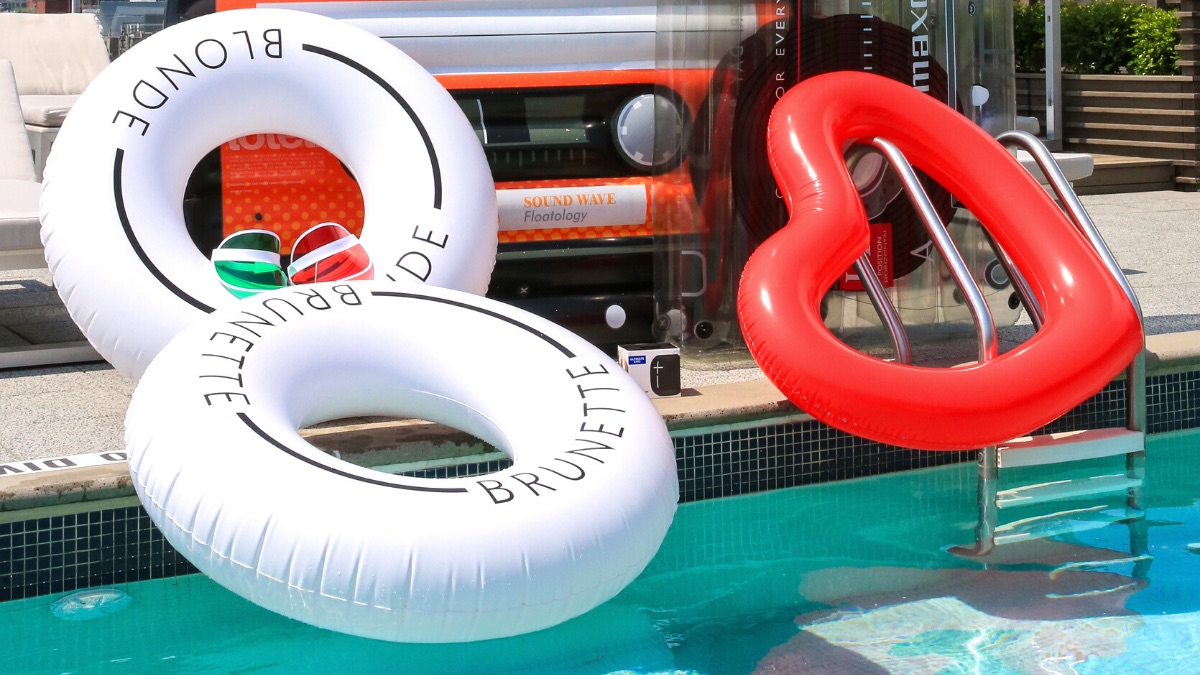



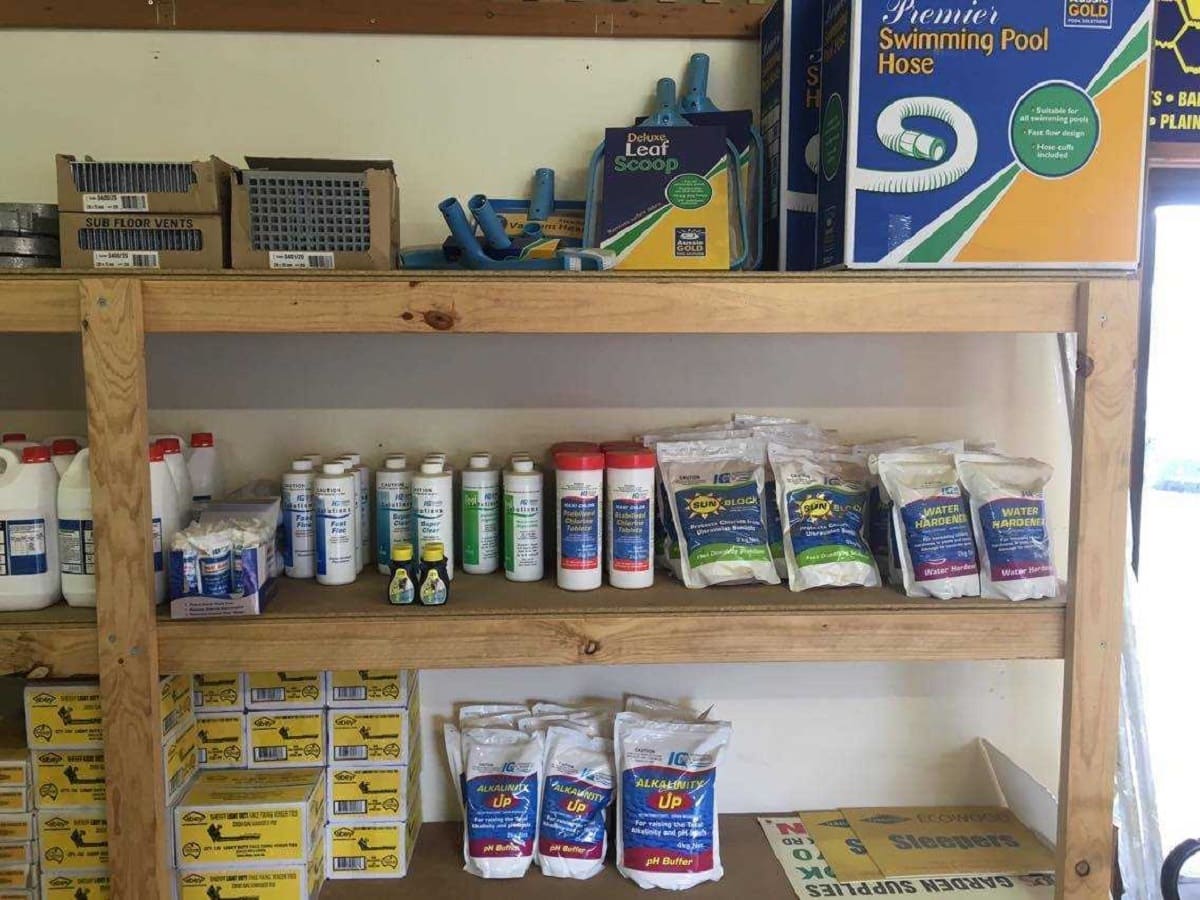
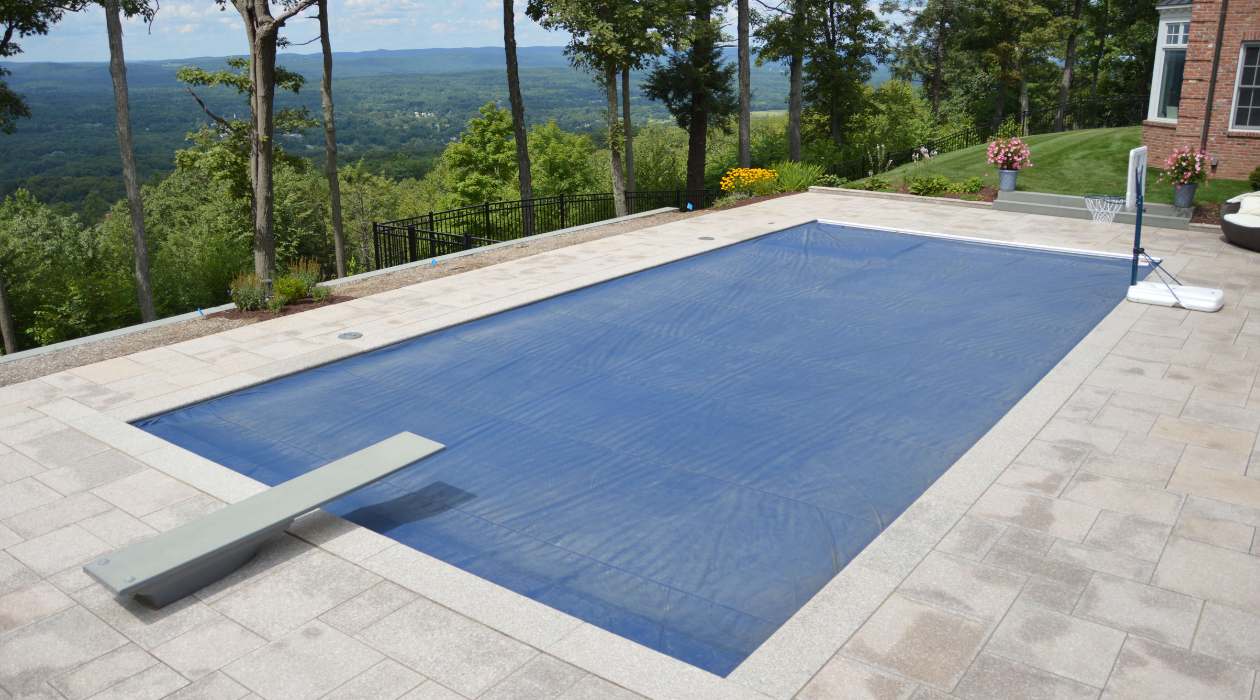
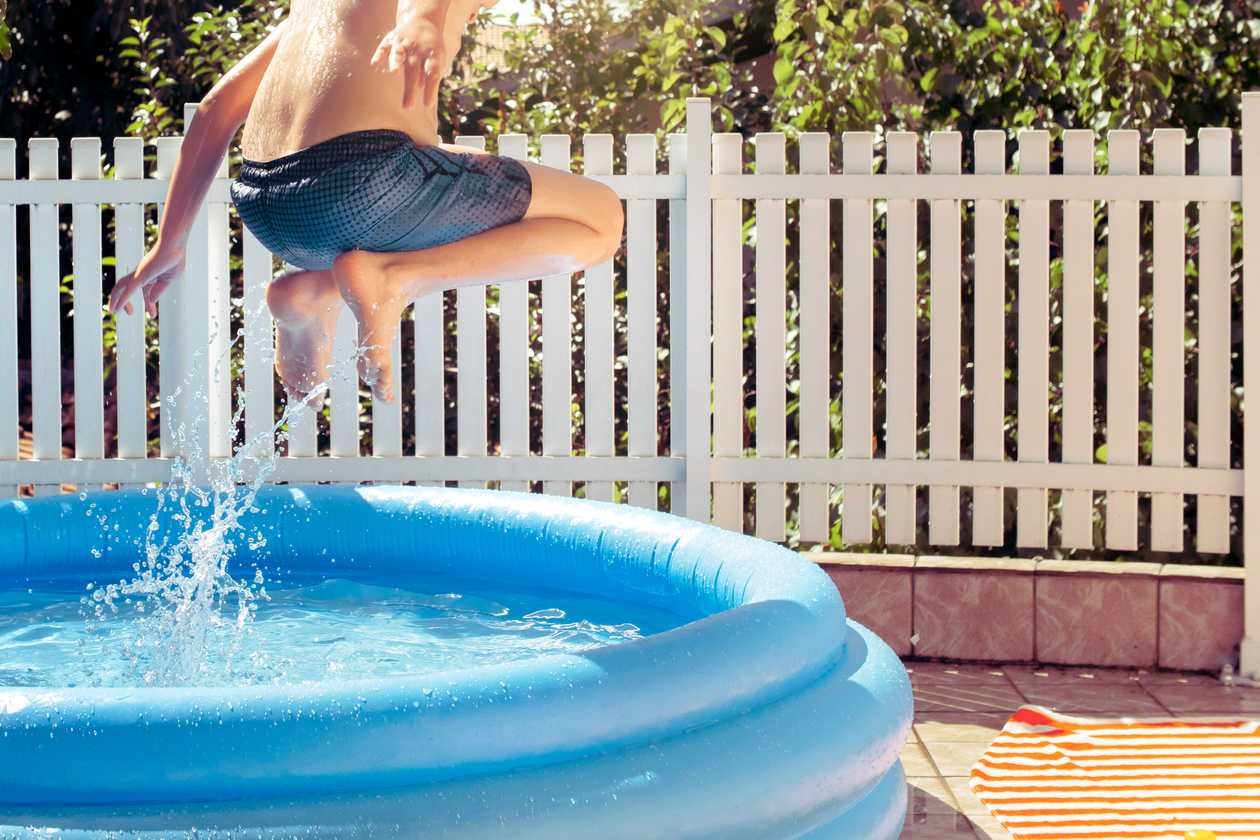
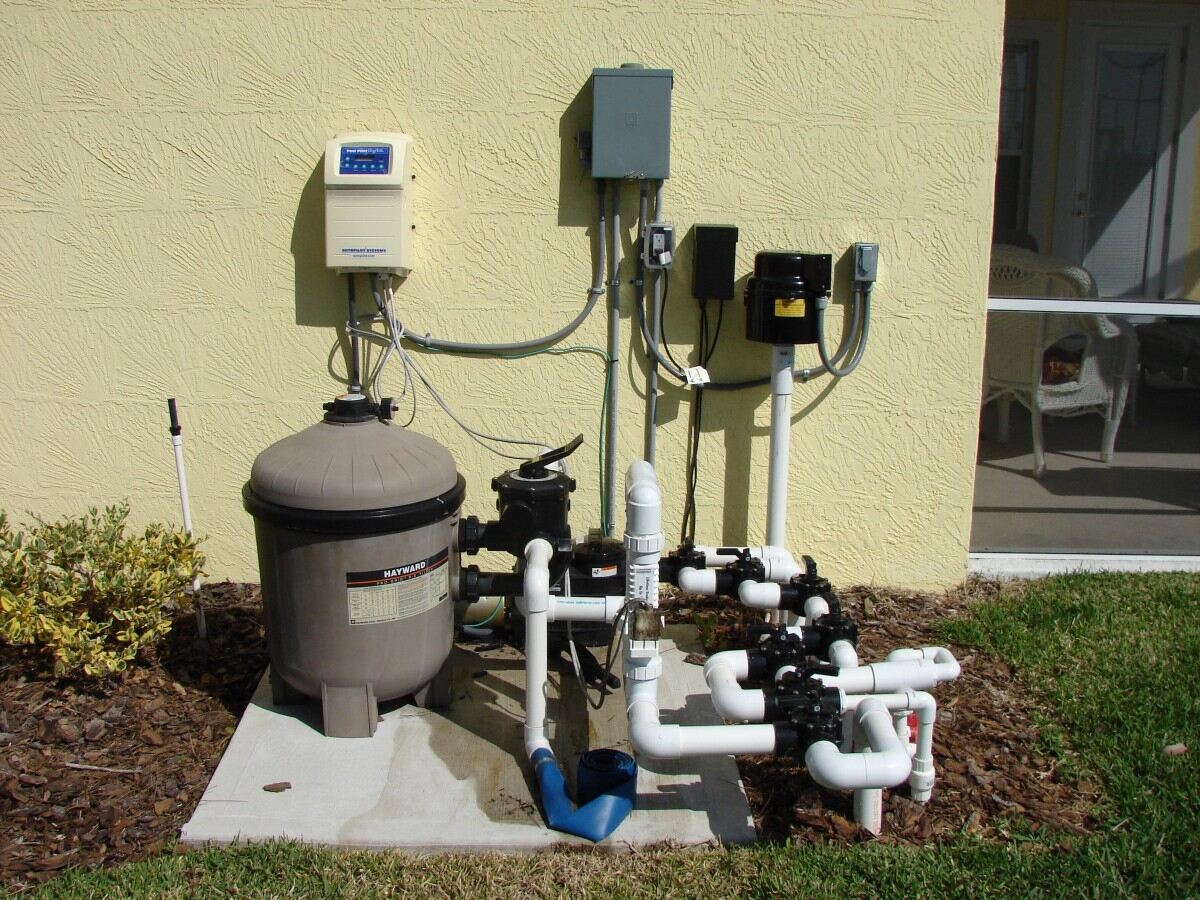
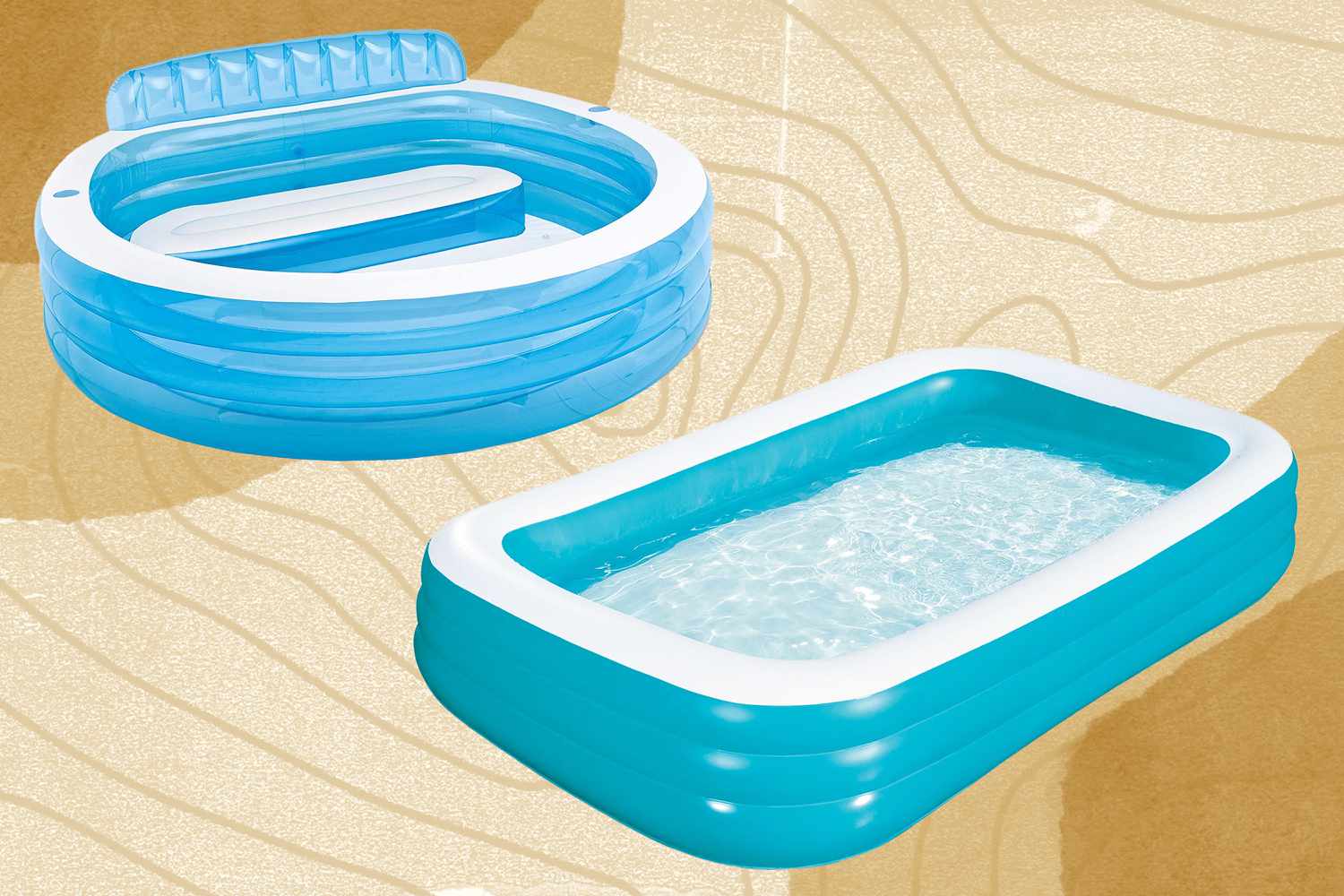
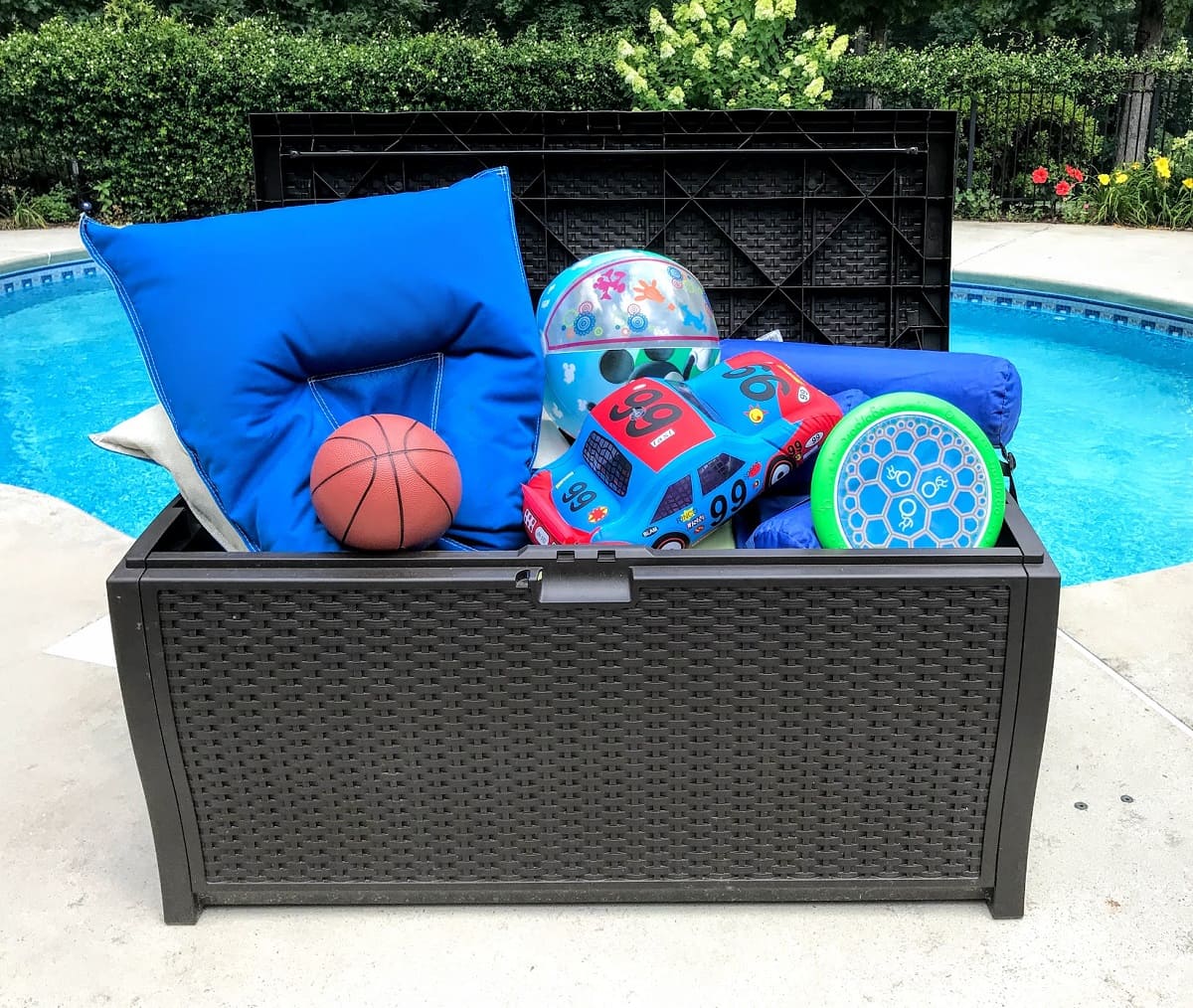
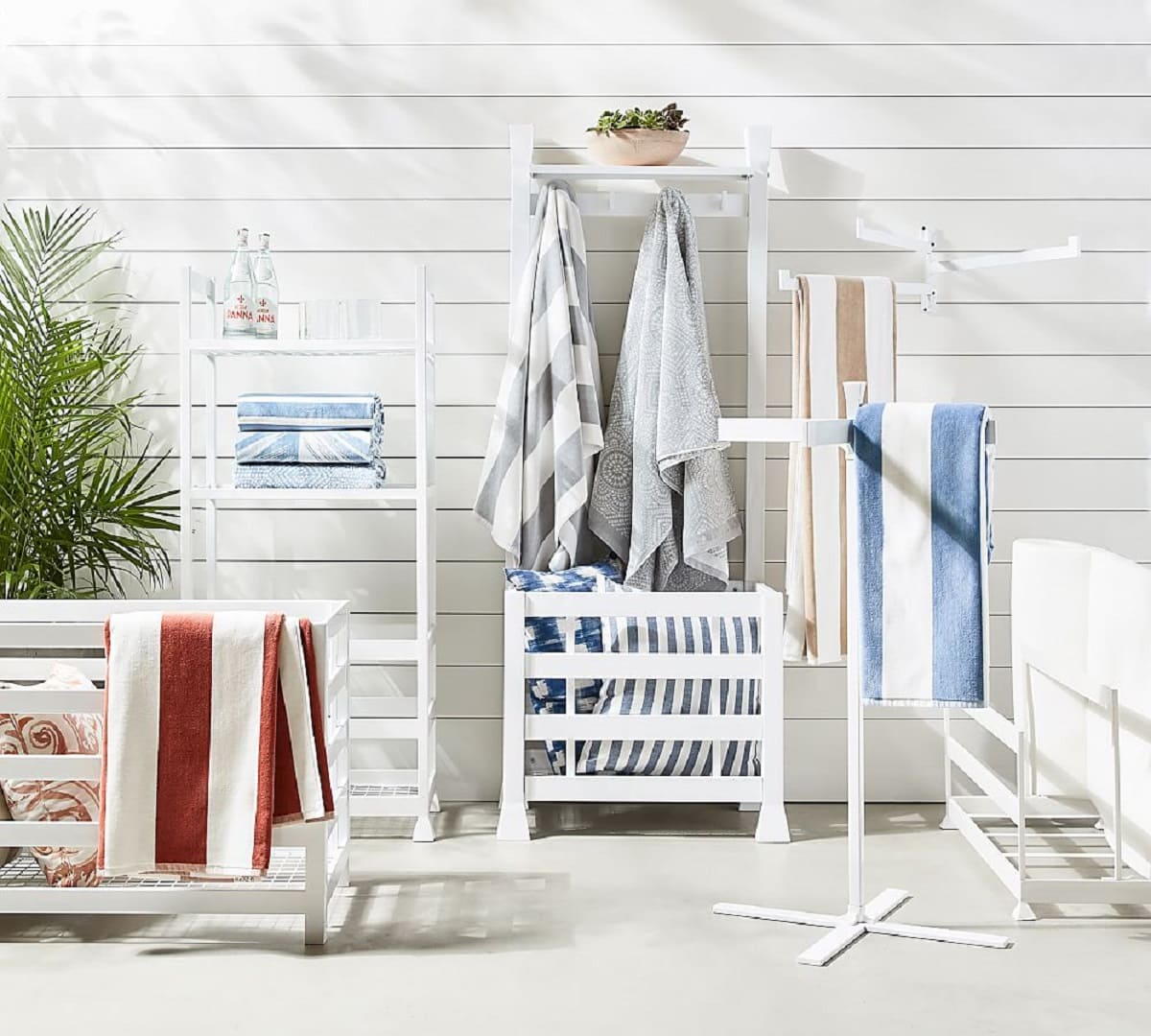
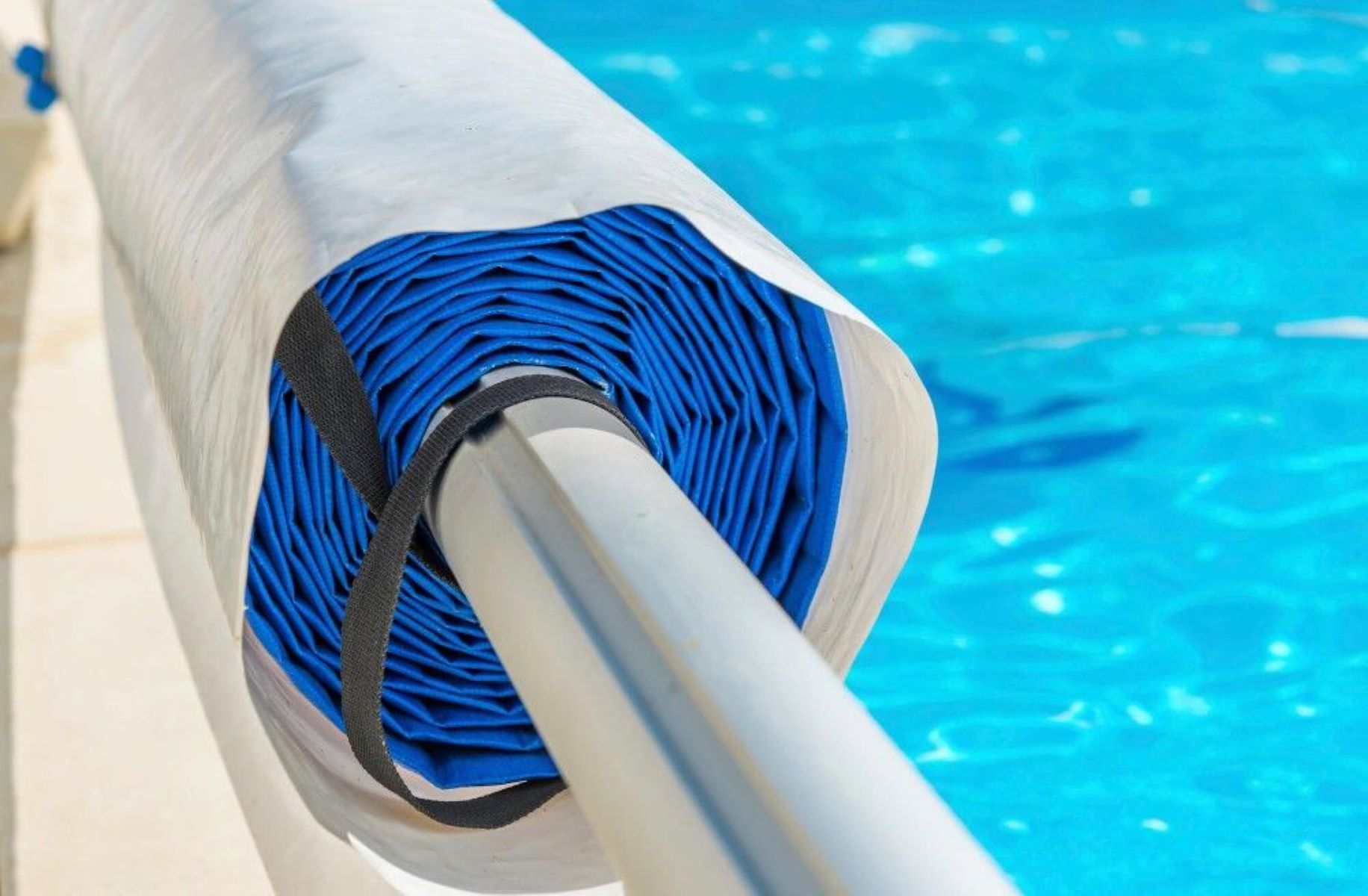
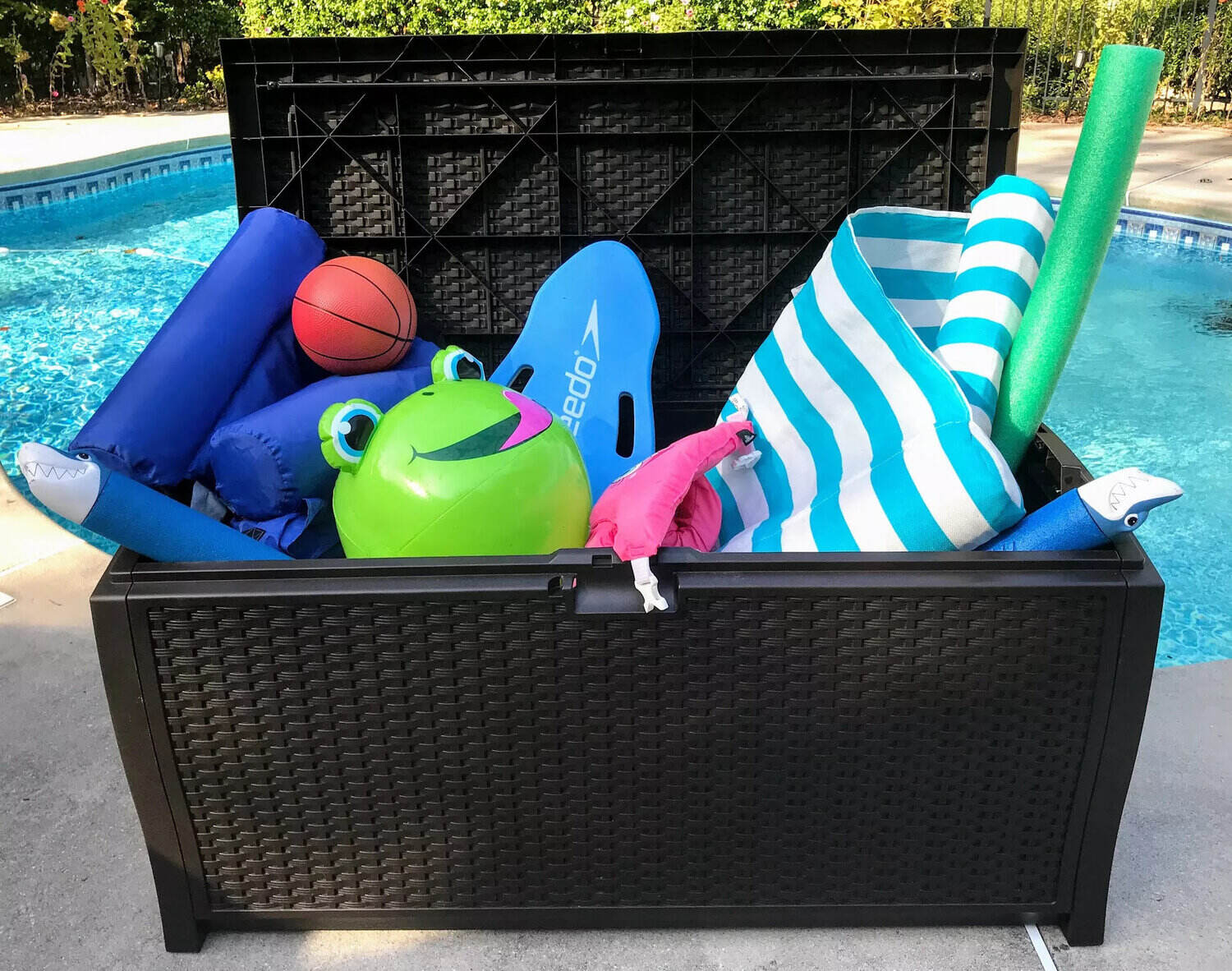

0 thoughts on “How To Store A Pool”